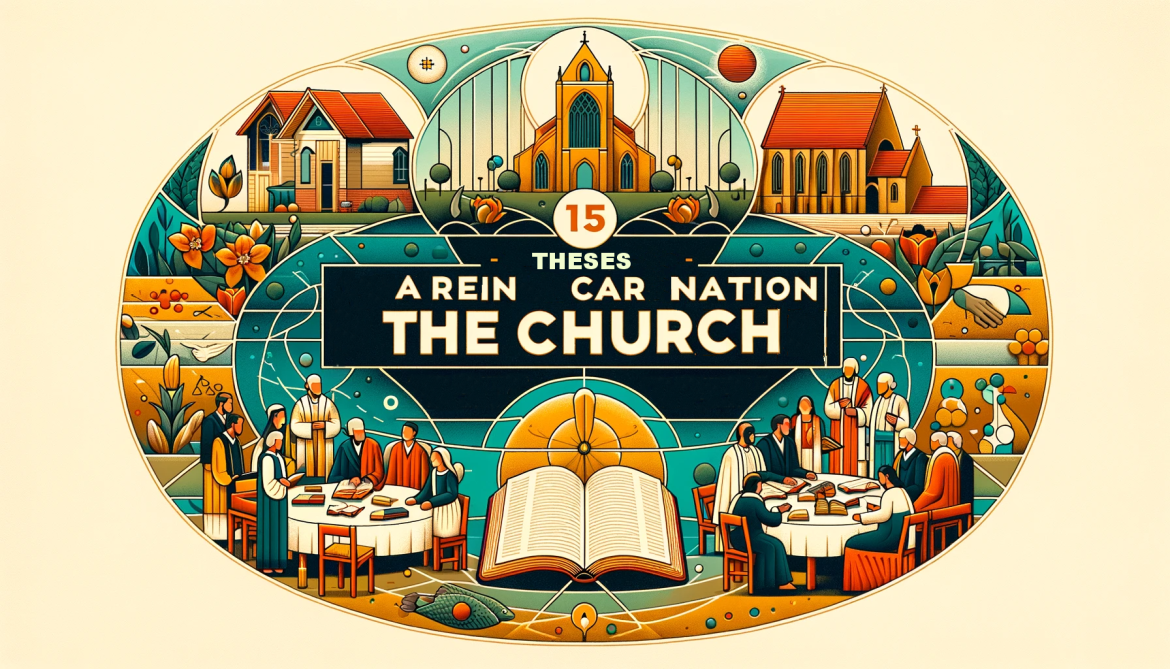733
In “15 Theses toward a Re-Incarnation of the Church,” Wolfgang Simson articulates a compelling vision for the future of the church, suggesting significant changes in its structure and function.
- Christianity as a Way of Life: Simson starts by emphasizing that Christianity is more about living ‘The Way’ Christ taught than attending religious meetings.
- Changing the ‘Cathegogue System’: He critiques the historical church system, a blend of cathedral and synagogue models, urging a shift away from this structure.
- The Third Reformation: Simson sees a new reformation focusing on the church’s structure, following the theological and spiritual reformations led by Luther and the pietistic movements.
- From Church Houses to House Churches: He advocates for small, home-based churches, emphasizing personal and communal spiritual experiences over institutionalized worship.
- Small Groups for Larger Growth: Simson suggests that the church should grow by multiplying small groups, similar to the early New Testament church model.
- Diverse Leadership: He proposes a church led not just by pastors but by a network of elders and different ministry roles, reflecting a more communal leadership model.
- Correctly Fitting the Pieces: Simson encourages reassembling the ‘jigsaw puzzle’ of church practices and structures according to the New Testament pattern.
- Empowering the Priesthood of All Believers: He calls for a move away from a clergy-centric model to empowering every believer to serve and minister.
- Organic Christianity: Simson advocates for a shift from organized to organic forms of Christianity, reflecting the dynamic nature of the Body of Christ.
- Worship Focused on God: He critiques the formal, performance-oriented worship services, urging a return to more authentic, spirit-filled worship.
- Bringing the Church to People: The focus, according to Simson, should shift from attracting people to church buildings to bringing the church’s presence into everyday life.
- Rediscovering the Lord’s Supper: He calls for a return to celebrating the Lord’s Supper as a substantial communal meal rather than a symbolic religious ritual.
- From Denominations to City Churches: Simson envisions a move from denominational divisions to a unified church model based on geographical and relational networks.
- Developing a Persecution-Proof Spirit: He suggests that the church prepare for potential future persecution by strengthening its faith and commitment.
- The Church Comes Home: Simson concludes with a vision of the church returning to its roots, emphasizing genuine spirituality in the context of family and daily life.
This radical re-envisioning of the church by Wolfgang Simson, presented in his book “The House Church Book,” calls for a transformative return to the principles and practices of the early Christian community.




